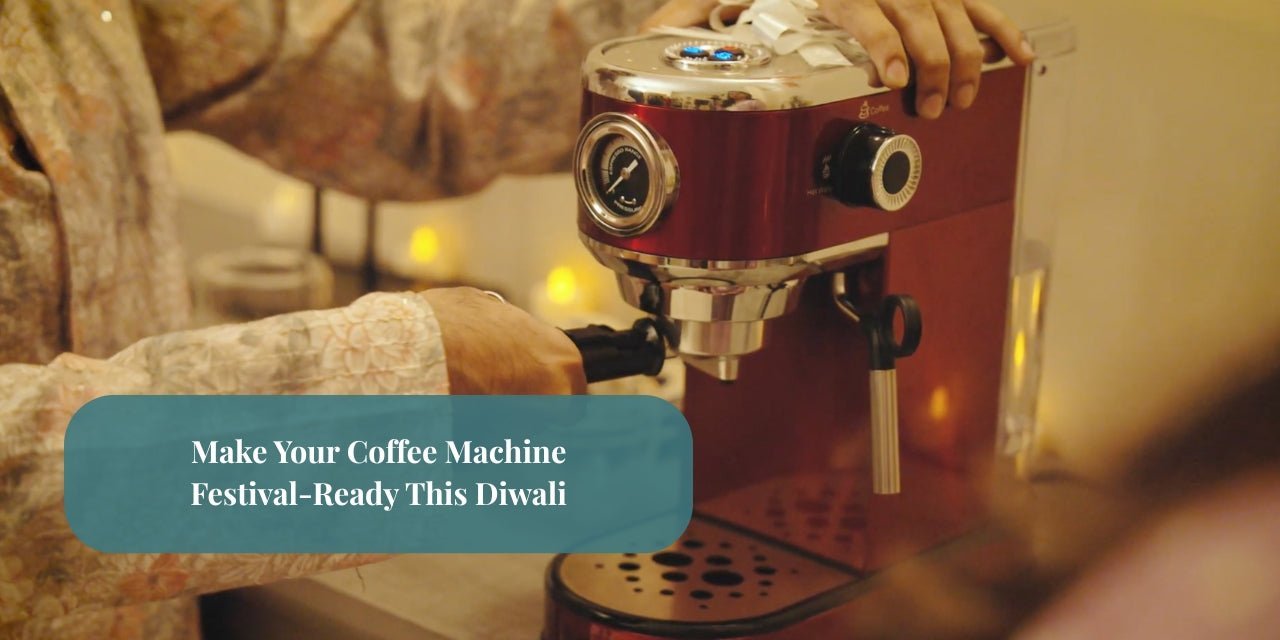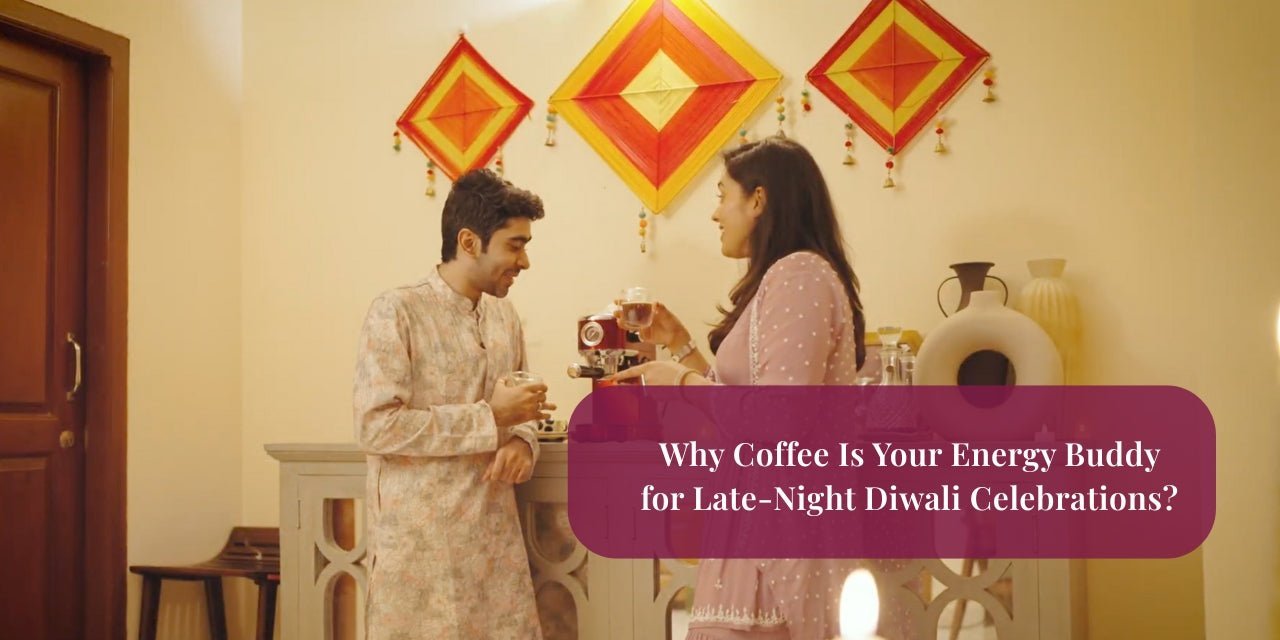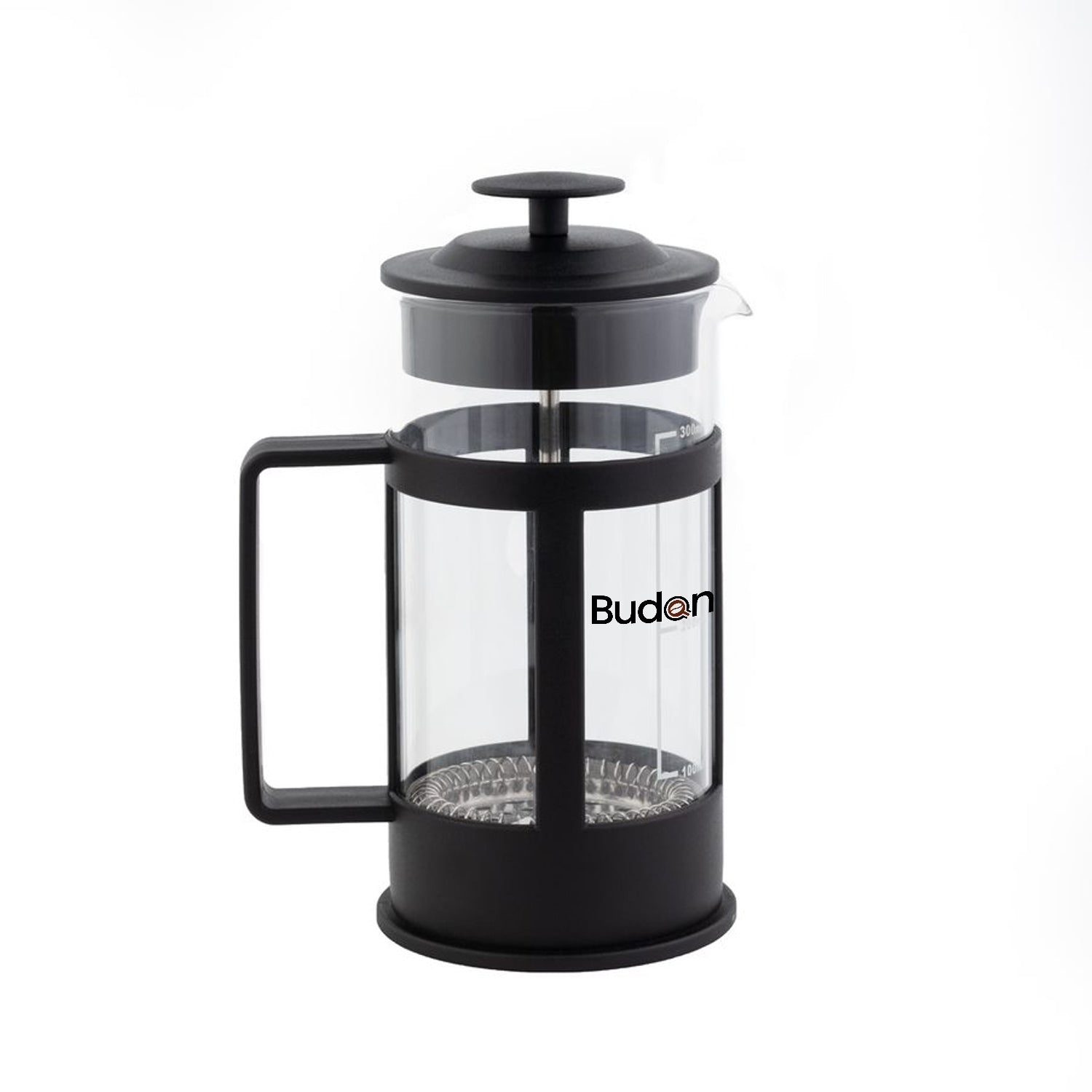It is all about brewing a coffee cup of coffee. After all, we all deserve great coffee.
Good coffee is a coffee that you like. Although everyone’s taste preferences is unique, a balanced cup is the start point. It calls for some brewing protocols. Following these best practices will enable us to brew the perfect cup.
Initially, all we need to do is pay close attention, use the right tools and be open to exploring brewing the cup we desire. And in no time, brewing good cup of coffee will be a cakewalk.
Here are 5 essential tips we suggest perfecting a cup of coffee.
1. Choosing the Right Roast Type
Roasting process gives the flavour to the coffee bean.
- LIGHT ROAST - have a toasted flavour with notes of acidity. They have higher caffeine concentration then darker roasts. To experience regional flavours, light roasts are recommended as the unique qualities are noticeable.
- MEDIUM ROAST- have much deeper brown colour and less caffeine content than light roast. They offer more aroma and flavour than light roast with more balanced acidity.
- DARK ROAST- are shiny on the surface as more oils are released as beans get hotter. Dark roast hold lesser flavour from the origin, presenting bitter and smoky taste. They also have lowest amount of caffeine!

2. Brew Ratio
How does one measure coffee and water ratio to brew the perfect cup? The type of water and the amount of water determines the quality of brewed coffee. Filtered water is usually recommended to brew coffee. The added contributor here to brew a fantastic cup of coffee is the amount of water used with respect to the beans. The ratio of measured amount of water to coffee is known as the Golden Ratio, varying between 1:15 or 1:18. For various brewing methods the Golden Ratio differs are below:
Drip Coffee Coffee 1:17 Water
Pour Over - Coffee 1:16 Water
French Press - Coffee 1:15 Water
Aeropress Coffee 1: 12 Water
MokaPot Coffee 1:7 Water
This ratio can then be played while brewing a stronger or weaker cup.
3. Brew at the Ideal Temperature
Wondering what makes the espresso a classic drink? It's the bittersweet taste and aroma. And the secret of getting all this with right water temperature.
A good extraction happens when the water draws out the flavour from the coffee grounds. For e.g. to get an excellent espresso the water temperature should be between 90.5 to 96 degree Celsius.
Always remember, the water temperature can make or break your drink despite good quality coffee beans.

4. Measure coffee grounds
The first step to being a serious homebrewer is using a scale to measure the coffee grounds. The art of coffee brewing is evenness and precision. While there are other ways to get an approximate amount of coffee; it increases the scope of ambiguity in resulting brew. Although, we have the tools to measure everything; from the total amount of dissolved solids in a cup of coffee, all the way down to coffee grinds particle distribution; yet a simple digital scale can make a whole lot of difference in measuring right ratios and getting a good coffee as the result.
5. The Quality of Water
Coffee is 98% water; a good cup of coffee is about the water used for brewing. The SCAA standards state that for a superior quality of extraction, your water should be clean, fresh, odour-free, clear in colour, and contain some mineral content to get a neutrally balanced cup of coffee.
Softer the water better the brew. Many coffee enthusiasts recommend mineral water to brew coffee. Mineral water is clean, free of chlorine, and with small amount of minerals brings out the best coffee flavour.
Final Takeaway
The more you explore, the more you will learn. And, the more you know, the better your coffee will taste. So, take your time to explore your options, understand the details and experiment regularly. With enough practice, you can perfect your coffee cup.


























